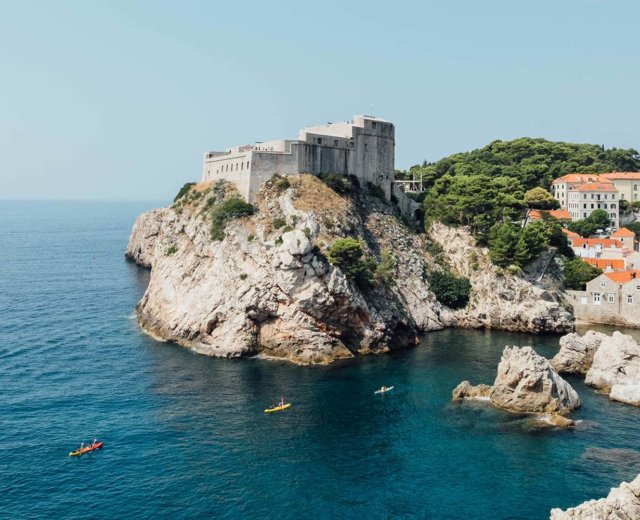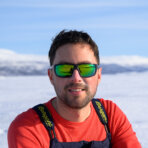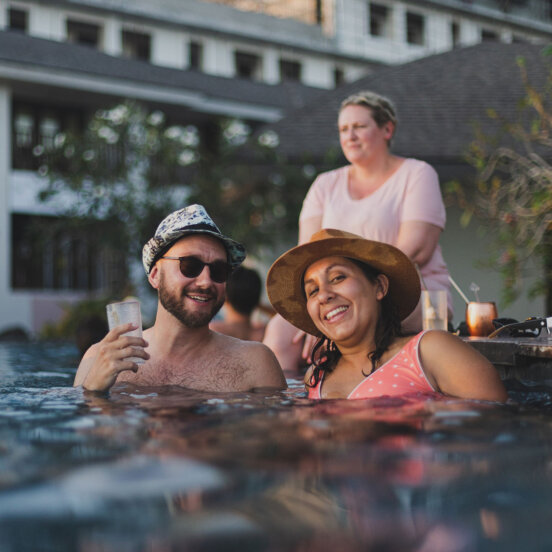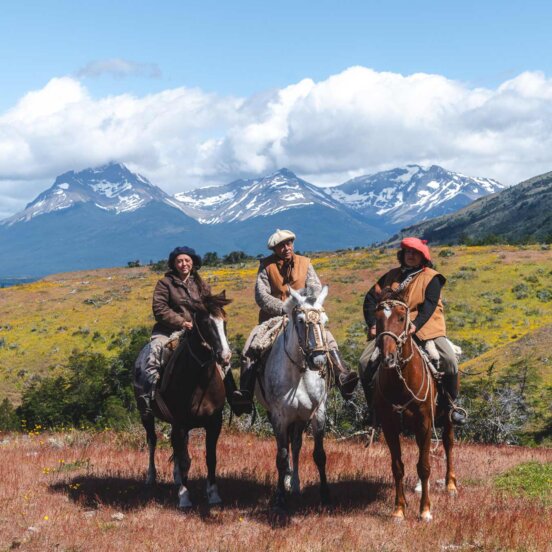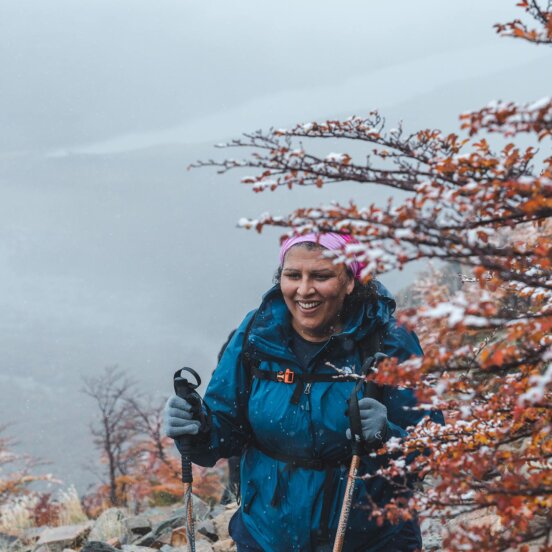How a book on polar exploration kick-started a more adventurous life in my 30s
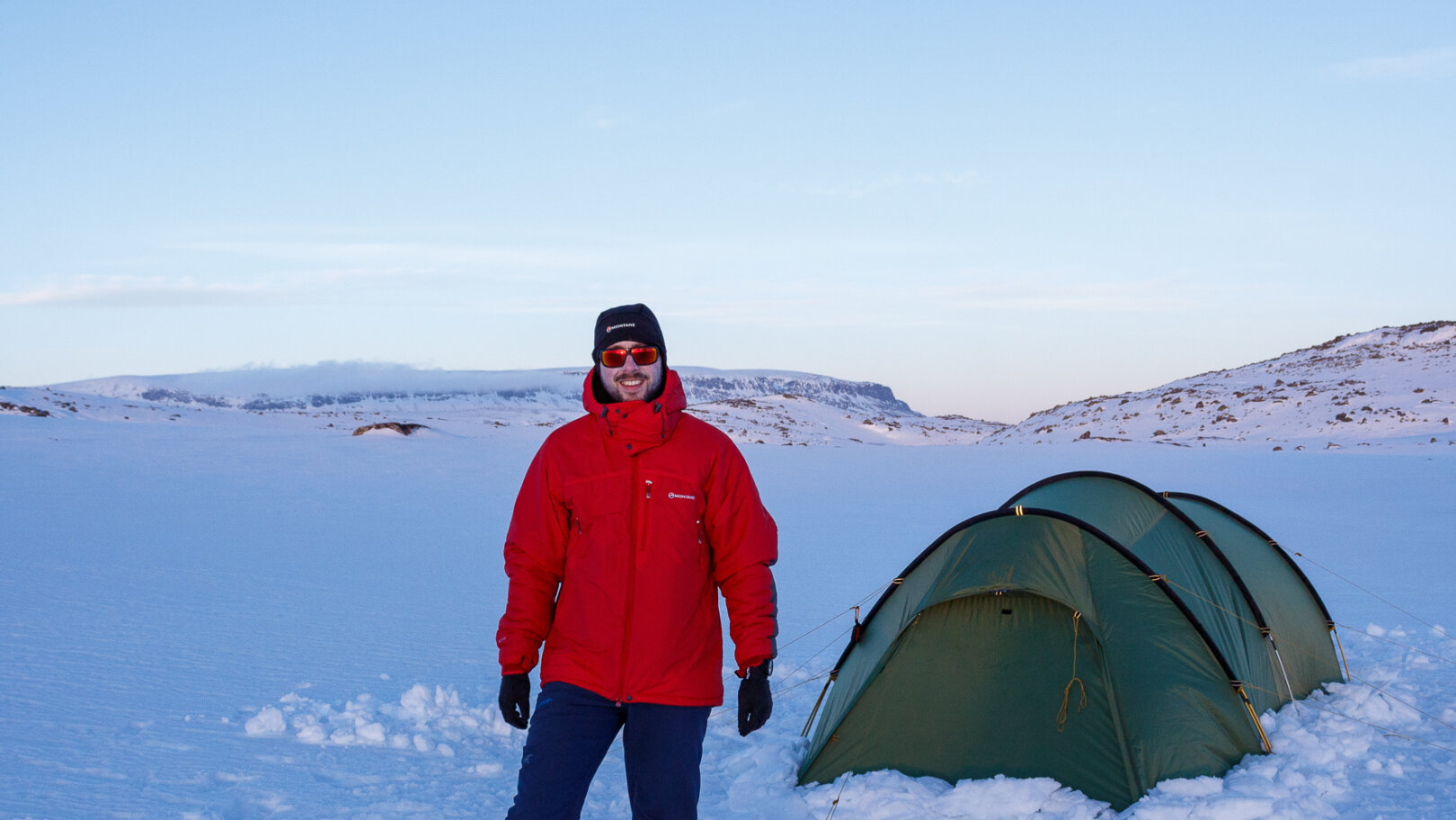
Like me, you probably harbour secret dreams and ambitions. The type that gnaw away unrelentingly during the small hours. But by daybreak, we usually brush them off with sober thoughts about lack of time or motivation.
My nagging daydreams started 20 years ago after a trip to the Swiss Alps with a local Scout group. We hiked some moderately sized peaks and got a taste of glacier travel and overnighting in a high Alpine hut. I wanted more, but I didn’t quite know it then.
Instead, I went away to university and spent the best part of 15 years trying to forge a career as an academic. Data, reports and thousands of hours at a computer screen became the norm. In between, I spent some weekends hiking, camping or dabbling in rock climbing.
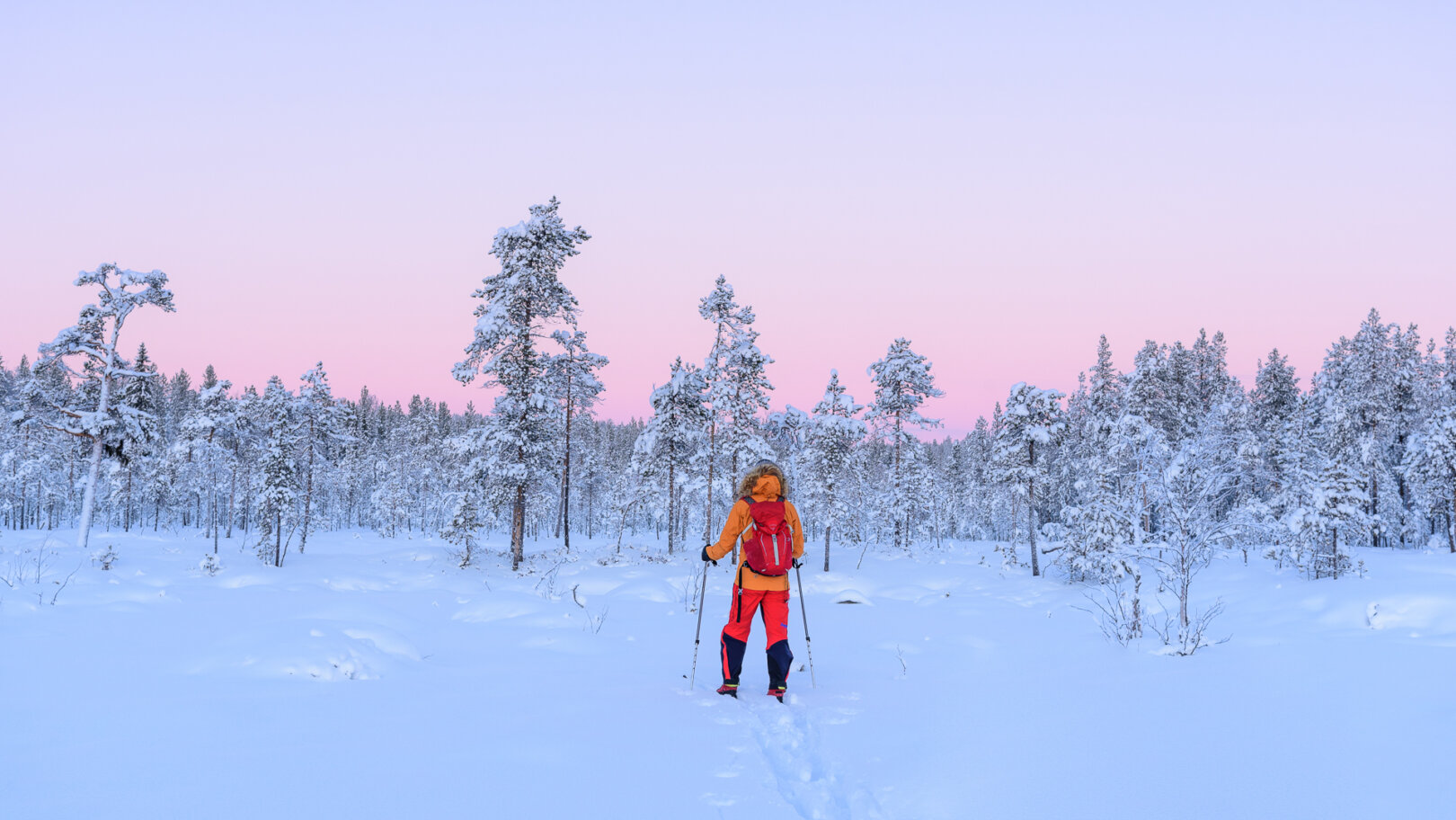
In 2015, I was gifted a book as I stared down the barrel of my 30s
This wasn’t how I expected my life to play out, though. I’d always imagined I would end up working in a far-flung outpost. A life filled with a little more risk.
Occasionally, the call of adventure would become too strong. During my graduate studies, I took off with a friend to cycle across France. Yet each time I returned to a conventional life behind a desk.
That was until the day I was gifted a book in 2015, as I stared down the barrel of my 30s. Alone on the Ice: The Greatest Survival Story in the History of Exploration told the story of Douglas Mawson, an Australian geologist who had improbably survived a harrowing Antarctic sledding journey during the heroic age of polar exploration in the early 20th century.
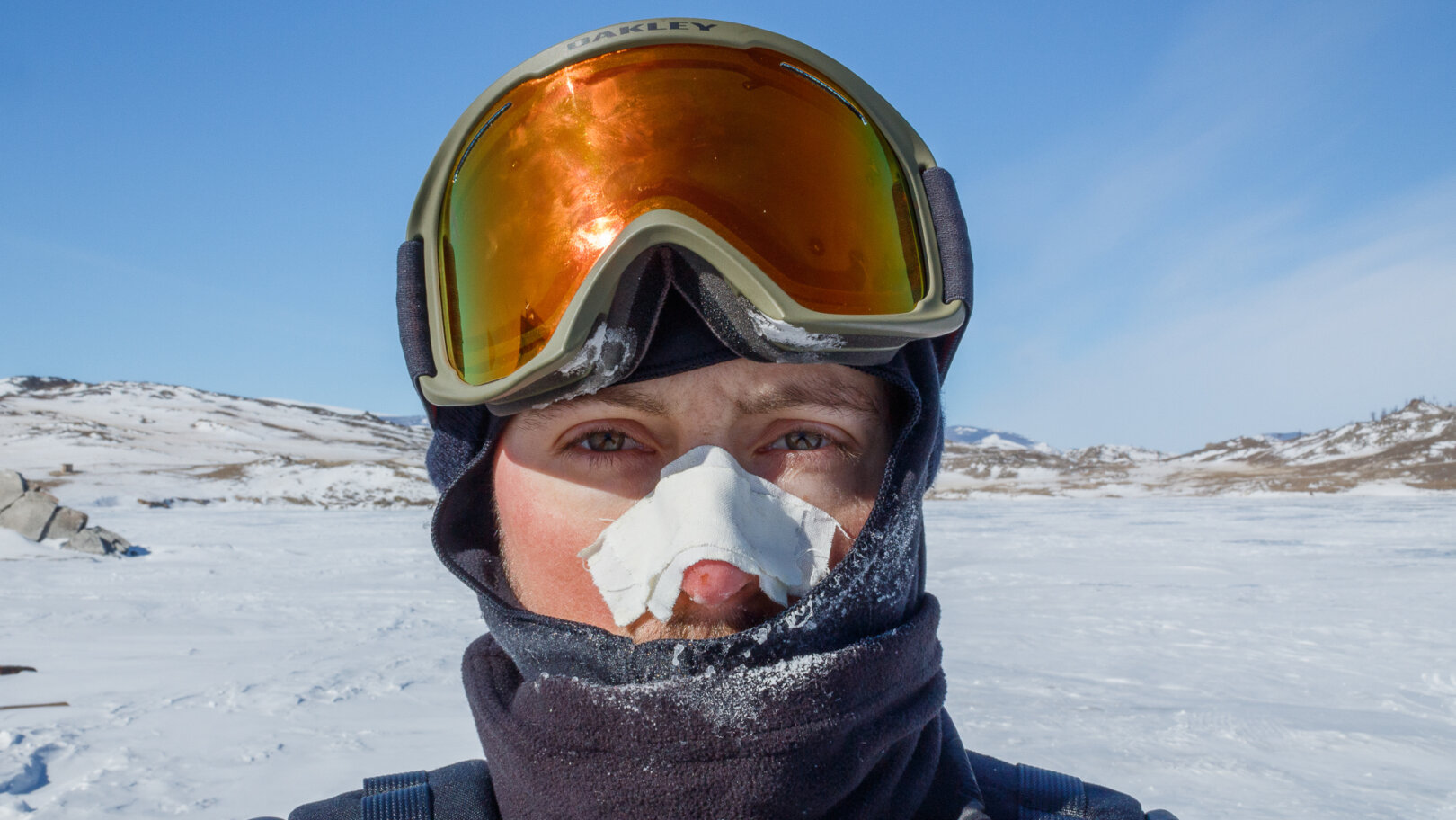
I knew after putting it down that I needed to live more adventurously
At one point, Mawson and his companion were forced to kill and eat their sled dogs after another member of their party disappeared into a yawning crevasse with most of their supplies. Mawson was to survive the journey but returned to safety without the two men he’d set off with.
That all sounds rather bleak, but the author, exalted adventure writer David Roberts, had managed to craft a story so enthralling that something in Mawson’s epic struggle for life lit the fire inside me. Looking back, I can’t put my finger on exactly why Mawson’s story affected me, but I knew after putting the book down that I absolutely needed to start living more adventurously.
Those thoughts rumbled away until one evening when I plucked up the courage to call a local polar guide, Mike Thornewill. In the early 2000s, Mike and his wife Fiona had skied to both the North and South Pole, later turning their hand to helping others achieve their own polar ambitions.
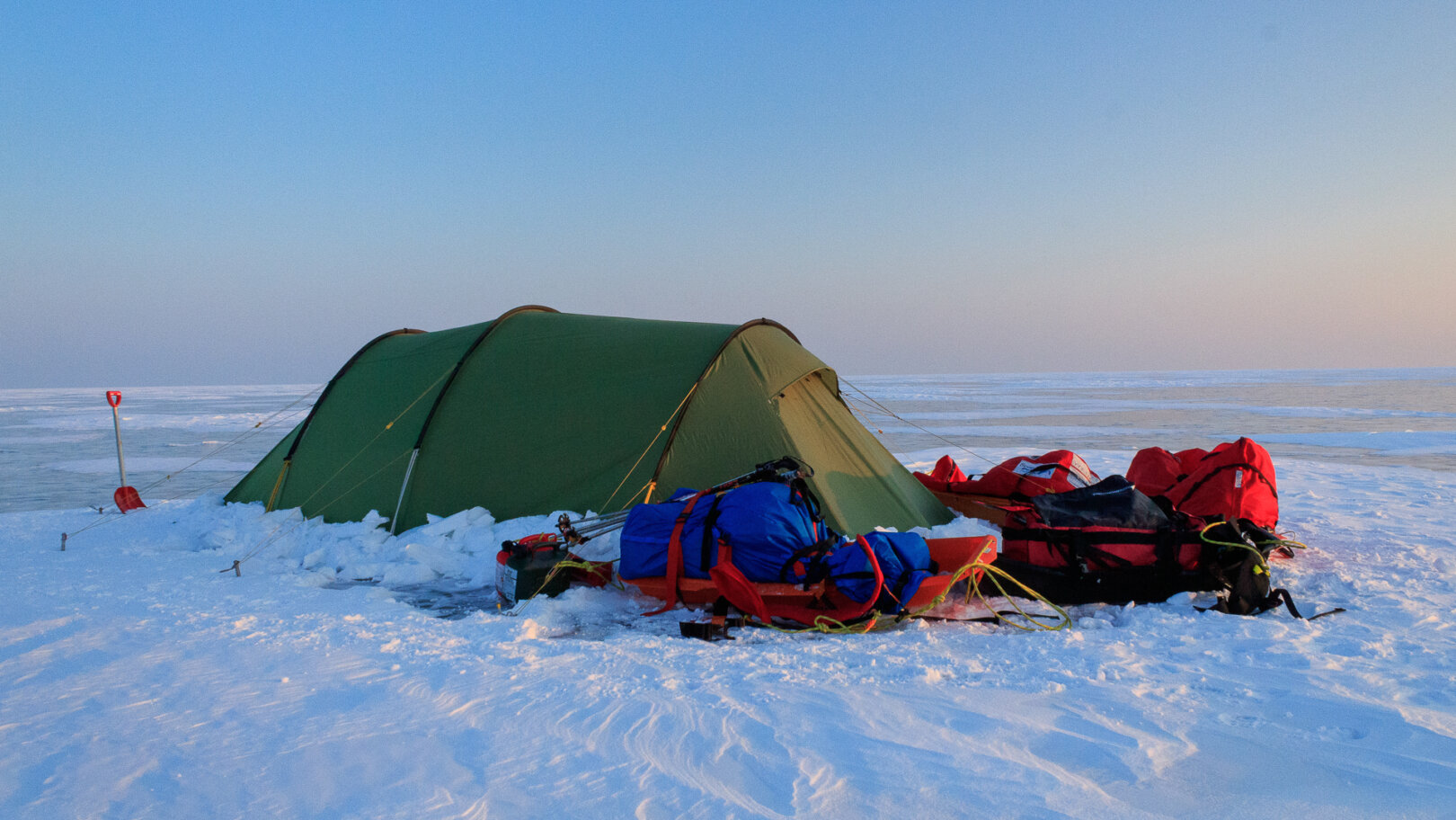
All Arctic travel requires is a kit list, good fitness and a positive attitude
A former police inspector with a stern exterior, Mike had the right kind of persuasive power to encourage me to join one of his trips. A few months later, in February 2016, I suddenly found myself hauling a sled across the Arctic tundra of the Finnmark plateau, high above the Arctic Circle in the far north of Norway.
Unlike technical adventure sports like mountaineering, Arctic travel requires little more than a kit list, a good level of fitness and a positive attitude. Over a week, we skied 100-plus kilometres from Alta, near the Norwegian coast, to a settlement close to the border of Finland. I learned everything I needed to hone my existing outdoor skills to a harsher environment.
As we parted ways Mike told me I had the “right stuff” to take on a bigger journey, something ambitious like a South Pole ski expedition. He found just the right words to embolden me.
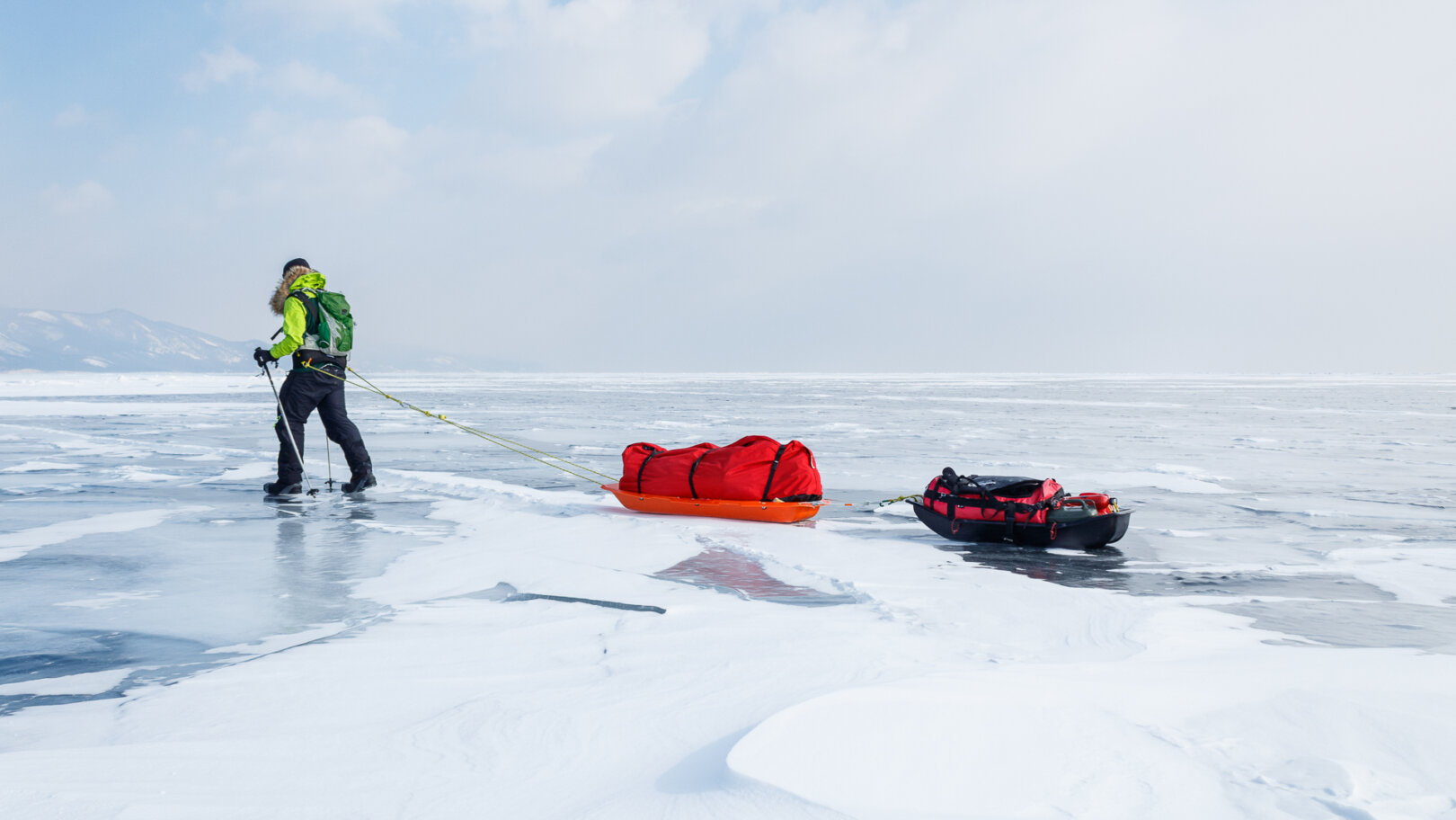
I found myself standing on the shoreline of the world’s largest lake
With confidence high, the following winter I flew out to Hardangervidda, Europe’s largest high mountain plateau, to ski alone for eight days in Arctic conditions. This remote corner of southern Norway is known as the real-life staging ground for a WWII operation, later depicted in the 1965 Kirk Douglas film Heroes of Telemark, and as a training location for pioneering polar explorers, including Roald Amundsen.
At the end of that trip, I sat in the hotel bar mulling over future adventures that were within my price range, with a British polar guide who had made his life in Norway. “Have you ever heard of Lake Baikal in Siberia?,” he asked with a suggestive tone.
I hadn’t, but 12 months later there I was, standing on the shoreline of the world’s largest freshwater lake by volume, a stone-skim away from the Mongolian border, with Phil Sturgeon, a hardy plumber from Nottingham who I’d met in Norway two years earlier.
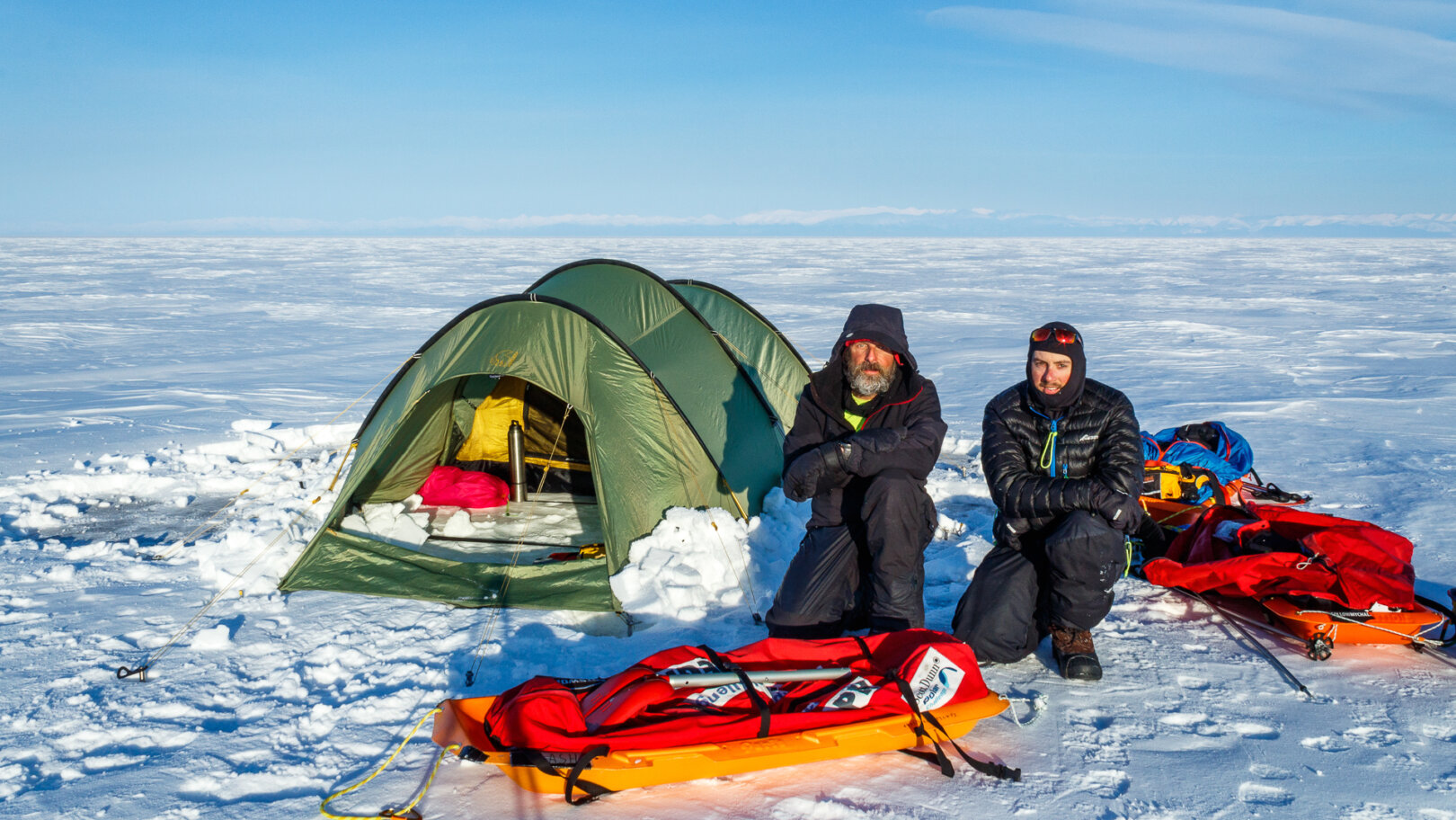
I finally realised the dreams I’d harboured for nearly two decades
In Siberian winter, Baikal freezes over just enough to be able to walk across its surface. Over the next 19 days, Phil and I trekked 640km across this frozen wonderland.
A mere three years before, I could scarcely have dreamed about completing such a large independent adventure. But with the right mentorship and a like-minded travel partner, I finally realised the daydreams I’d harboured for nearly two decades.
A couple of years later, David Roberts, the author of Alone on the Ice, who was by then battling cancer, lamented on Facebook “the fear that death is too near and that nothing I have done or written matters.” I felt the urge to let Roberts know that his words mattered to me. So, I opened up my email and wrote to him.
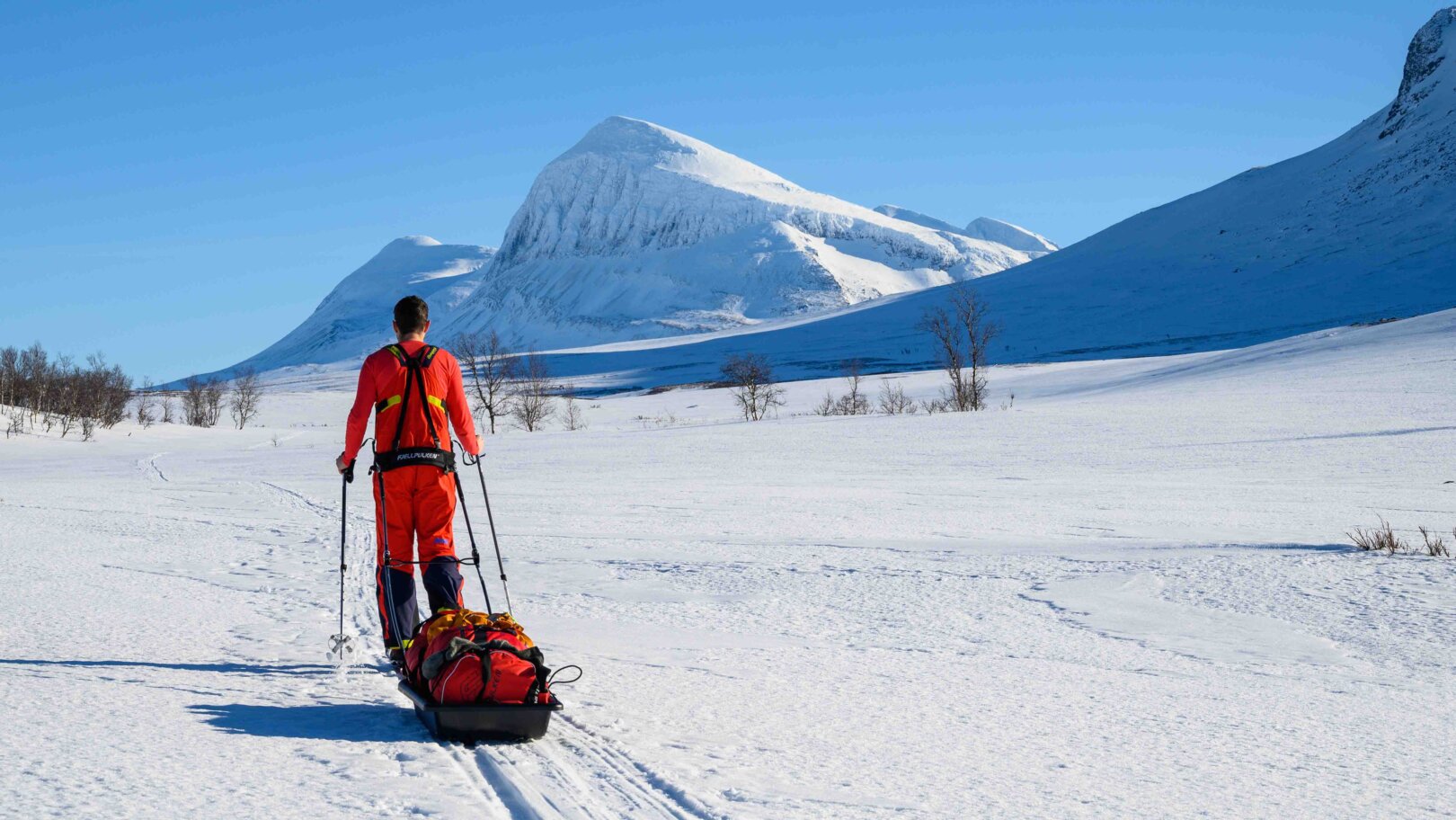
The author was dying. But I wanted to let him know his words mattered
A few days later, the legendary American mountaineer and writer buoyantly replied.
“Your message was too kind, but it certainly bolstered my spirits to know that my book had such an effect on you. It’s really Mawson, of course – one of those rare, almost wholly admirable characters in the history of exploration.”
Roberts passed away the following year having just completed Into the Great Emptiness, his final masterpiece on another unsung but inspiring figure of polar exploration, Gino Watkins.
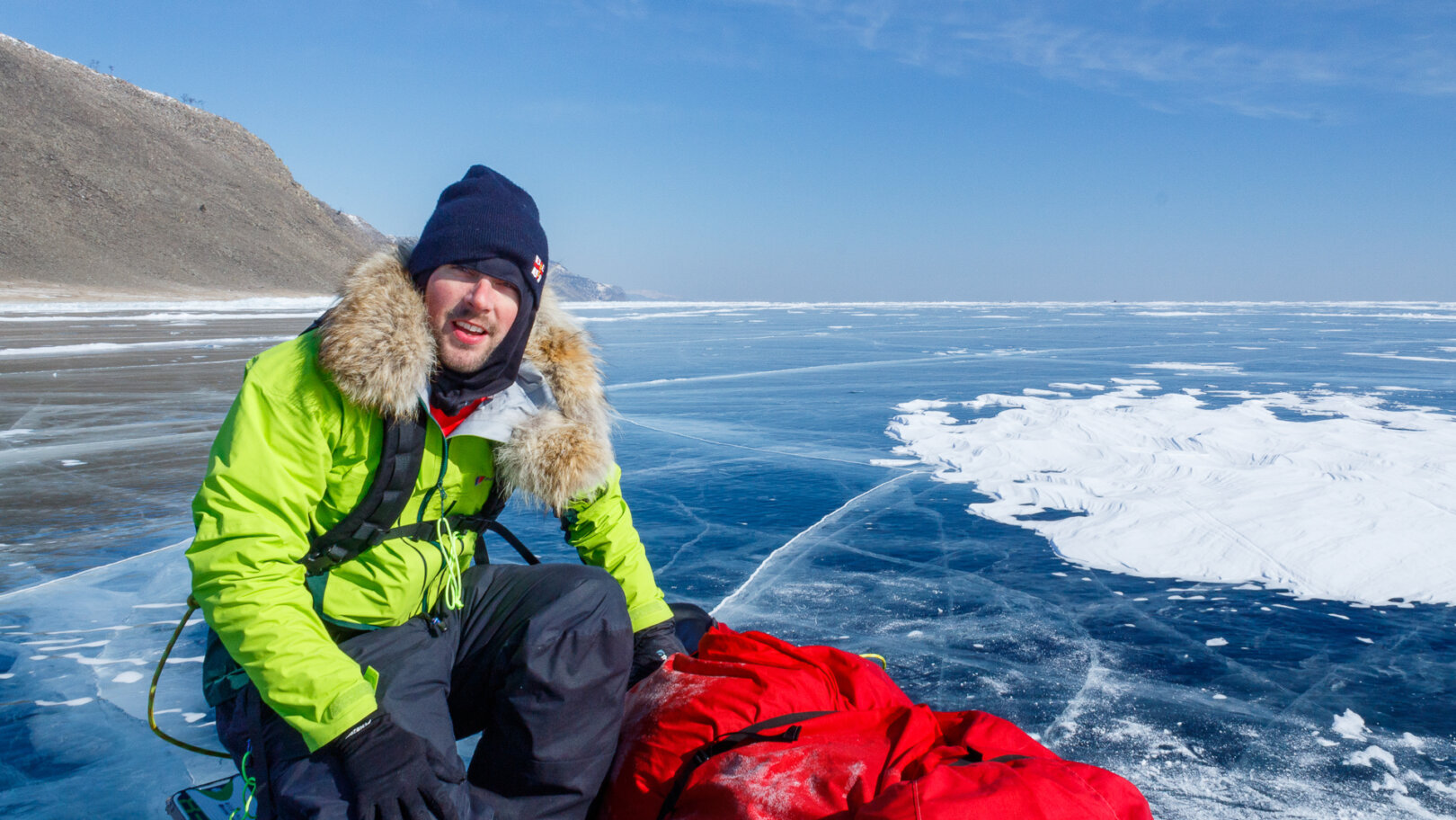
I strongly believe that the best adventures are still to come
I’ve never left desk jockeying or academia but I’ve leveraged every piece of annual leave or gap between contracts that I could, prioritising funnelling spare earnings into pursuing my Arctic ambitions. Now, as I head into my late 30s, I’m a little more settled with a house and a partner. Yet I strongly believe the best adventures are still yet to come.
This summer Phil and I are flying to Greenland to spend a few weeks hiking in the backcountry. After that, who knows what adventures will be next.
Time to launch your own adventure? Join other like-minded travellers in their 30s & 40s on a group trip with Flash Pack.
Got a story or adventure that could inspire a solo traveller like you? Tag @flashpack on social or email [email protected] to be featured.
Images: Courtesy of Ash Routen

